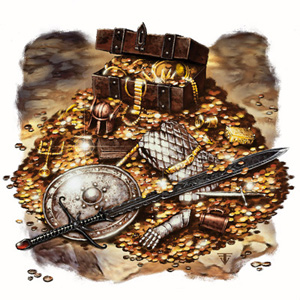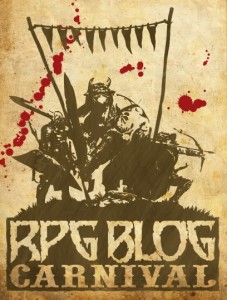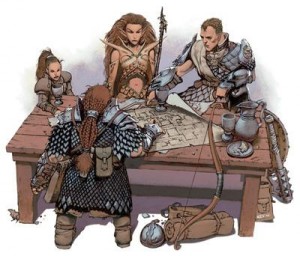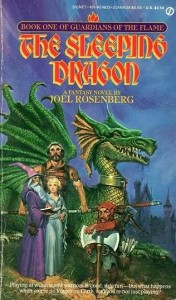 The two-hit minion isn’t new. We first suggested the idea over two years ago in one of our very first articles, More Than Just Minions. It was a reaction to DMs who felt that the normal minions were lacking something. I’ve felt that way for a while now and a few months ago I decided it was time to start using two-hit minions on a regular basis. The results were fantastic.
The two-hit minion isn’t new. We first suggested the idea over two years ago in one of our very first articles, More Than Just Minions. It was a reaction to DMs who felt that the normal minions were lacking something. I’ve felt that way for a while now and a few months ago I decided it was time to start using two-hit minions on a regular basis. The results were fantastic.
During this season of D&D Encounters we’ve been running tables with very large parties. The more heroes there are in the party, the more monsters I’ve placed on the map. However, week after week of just adding more monsters was starting to get a little bit boring, not to mention that it led to combat encounters that were taking a very long time to complete. I knew that I needed to shake things up and my solution was two-hit minions.
When I was using regular minions I found that the players, upon learning which opponents had only 1 hit point, treated the minions differently than other monsters. A lot of the PCs ignored them. The PCs with powers that could target multiple creatures (usually the controllers) would often eliminate all the minions in one round. It was very unsatisfying for the players and for me as the DM. Enter two-hit minions.



